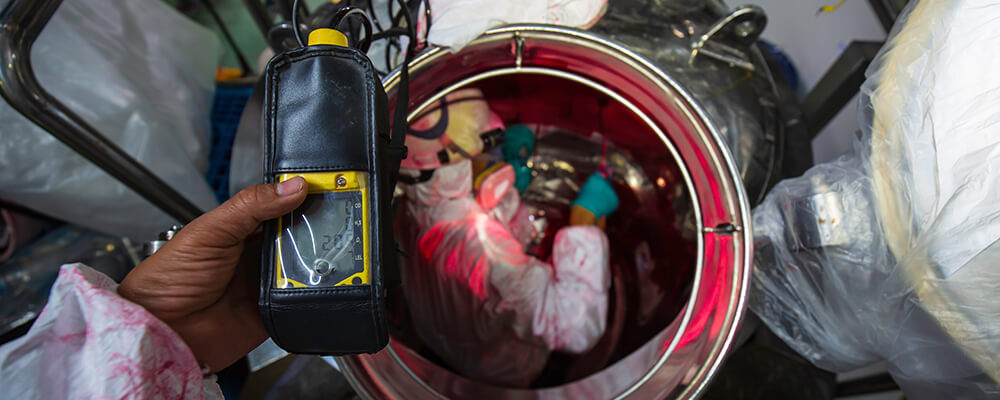
View Offerings by Format
Classroom (ES10)Length: 2 days |
Virtual Classroom (ES10E)Length: 8 weeks |
Learn more about our training course formats.
Learning Objectives
- Identify process and environmental factors that determine classification
- Describe and use procedures for electrical classification
- Use applicable standards to develop classification drawings for gases, dusts, and fibers
- Describe the basic principles of protection
- Select explosion proof apparatus for specific applications
- Determine when and why explosion seals should be used
- Specify the use of intrinsically safe and nonincendive systems
- Select the appropriate protective techniques for different hazards
- Select alternative protective techniques for reduced cost
Topics Covered
- Introduction
- Location classification standards
- Class I Division classification
- Class I Zone classification
- Class I Zone (alternative) classification
- Class II Division classification
- Class III Division classification
- Zone classification by dusts
- Protection techniques standards
- Enclosure types
- Explosion proof enclosures
- Intrinsic safety
- Nonincendive systems
- Pressurization and surging
- Other types of protection
- Grounding considerations
- Maintenance considerations
Exercises
- Area classification
- Classification drawings
- Barrier specifications
Recommended Resources
Standards
- NSI/ISARP12.06.01-2003, Recommended Practice for Wiring methods for hazardous (classified) locations instrumentation, Part 1: Intrinsic safety
- ANSI/ISA-60079-10-1 (12.24.01)-2014, Explosive atmospheres, Part 10-1: Classification of areas–explosive gas atmospheres
- Nonincendive electrical equipment for use In Class I and II, Division 2 and Class III, Divisions 1 and 2 Hazardous (classified) locations